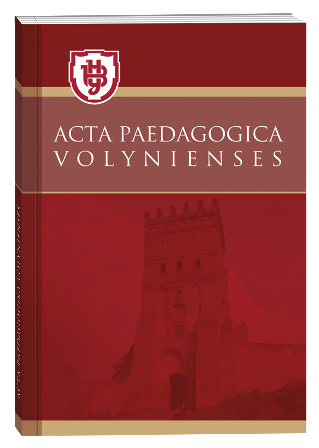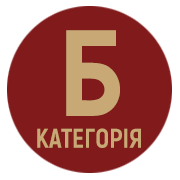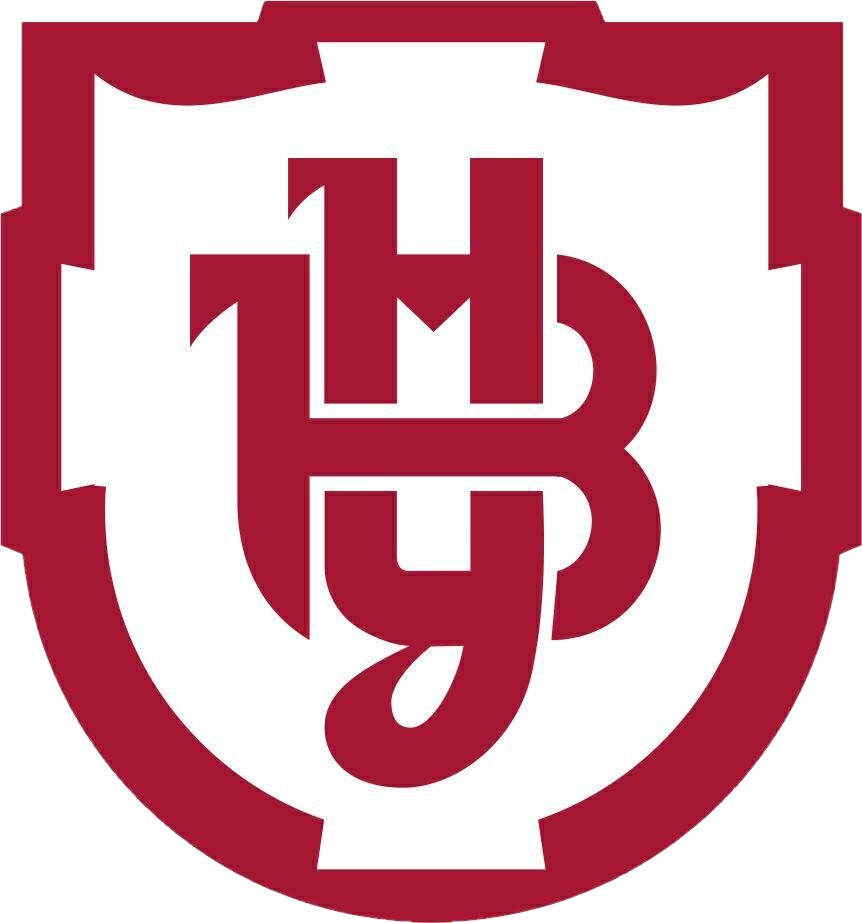USE OF ONLINE TRANSLATORS DURING LEARNING A FOREIGN LANGUAGE IN TECHNICAL SPECIALTIES
DOI:
https://doi.org/10.32782/apv/2022.6.11Keywords:
online translator, technical specialties, teaching a foreign language in a professional direction, online resources, information technologiesAbstract
The article outlines the relevance of the problem of using online translators in educational practice during teaching a foreign language in non-linguistic specialties, that is, a foreign language of professional direction. The purpose of the study is to characterize, analyze, describe, compare, outline the main advantages and disadvantages of using different technical translators for teaching a foreign language in secondary and higher education institutions. The scientific novelty of the work consists in the use of online translators during practical classes with the teacher, and not only during the student's independent work. The main literature on this issue was analyzed and a conclusion was drawn about the high level of interest of Ukrainian specialists in this issue, but also about the insufficient number of clear and complete studies on the use of such means of learning a foreign language. The following online translation services are characterized: Google Translate, Reverso Context, Deepl Translate, Collins Dictionary Translator, PROMT Online Translator, Im Translator, WooordHunt. It was found that each of these services has its own special options that are very convenient and appropriate to use. Most of these functions are not present on other online platforms, so online translators are unique and relevant in many respects. The idea of appropriateness of combining the use of the described resources with other information technologies, new or already used before, is put forward. It is also possible to use several platforms for online translation at the same time. It is noted that it is best for the teacher to independently choose the most effective resource or resources, depending on the specific level of knowledge of the students and their specialty. Among the further perspectives of the research, the need to develop new methods of teaching a foreign language in technical specialties with the use of online translators is outlined.
References
Nikitenko О., Malyk Yu. Role of multimedia technologies in students’ independent work in conditions of distance learning. Використання дистанційних освітніх технологій у викладанні іноземних мов: матеріали міжвуз. наук.-мет. конф., м. Київ, 2022. С. 68–70.
Башманівський О.Л., Усатий А.В., Дяченко Н.М., Халін В.В. Особливості перекладу анотацій наукових статей за допомогою вільнопоширюваних програмних продуктів. Інформаційні технології і засоби навчання. 2019. №1. С. 198–208.
Лященко К.В. Google-сервіси: можливості та перспективи використання у сучасному освітньому середовищі. Вісник психології і педагогіки. 2016. № 16.
Про сервіс Google Translate: довідка. URL: https://translate.google.com/about/?hl (дата звернення: 21.08.2022)
Офіційний сайт Reverso Context. URL: https://context.reverso.net (дата звернення: 01.09.2022)
Офіційний сайт Deepl Translate. URL: https://www.deepl.com/translator (дата звернення: 01.09.2022)
Офіційний сайт Collins Dictionary Translator. URL: https://www.collinsdictionary.com/ (дата звернення: 03.09.2022)
Офіційний сайт PROMT Online Translator. URL: https://www.promt.com/service/online_translation/ (дата звернення: 02.08.2022)
Офіційний сайт Im Translator. URL: https://imtranslator.net/ (дата звернення: 15.09.2022)
Офіційний сайт WooordHunt. URL: https://wooordhunt.ru/word/word (дата звернення: 15.09.2022)







